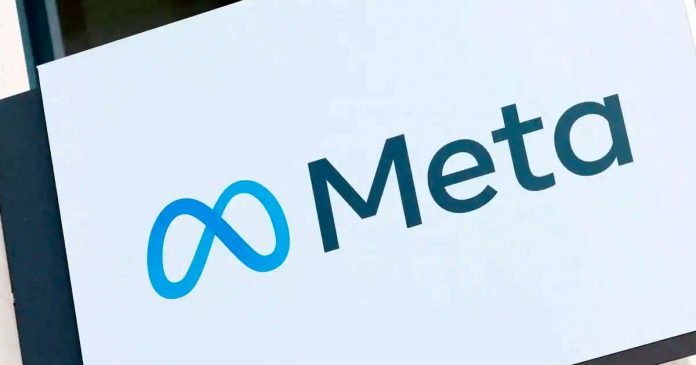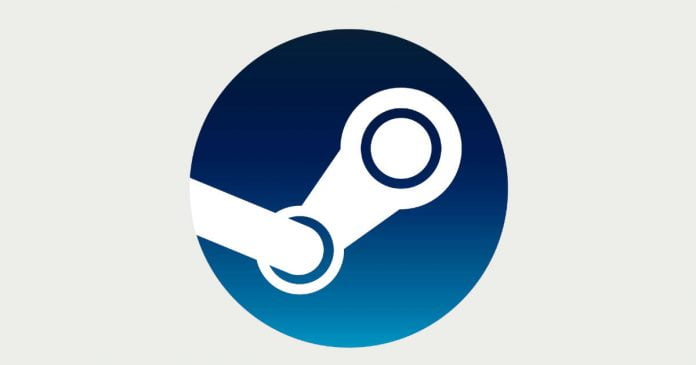Productivity isn’t just doing more things or ticking tasks off your to-do list. It’s about only focusing on accomplishing important things and achieving your goals. It’s about utilizing your time properly, planning your workday, and practicing consistency.
Understandably, some things are easier said than done, especially if you’re new to remote work and struggling to stay productive. The good news is that you can implement simple but effective productivity hacks and tips that will change your life.
Want to work more efficiently, get more work done, and have free moments every day? Here are proven remote working strategies that will boost your productivity.
Set up an ideal work area for ‘flow state’
You might be tempted to work from your bed or the couch. Apart from fatigue and exhaustion, not working from the ideal workstation can hinder you from achieving maximum productivity.
Try setting up a desk and chair (ergonomic furniture work best) in a specific place in your home. That way, your brain will be wired that stepping into your home office means going to work.
However, you don’t have to stick to the office. With time, you’ll realize that you’re more productive with certain tasks when working in specific rooms or places. For example, you can have a desk on the patio or deck and feel more productive than when confined to a tiny room.
Working outside can be fulfilling due to the effects nature and natural lighting have on our brains. Another great alternative is working from the coffee shop or nearby co-working space.
Avoid using your phone in the morning
Your phone comes with a productivity app – “Airplane mode”. Once turned on, you won’t be distracted by notifications chiming away every few minutes. Your focus will be at its peak, and you’ll work faster and better.
Get a standing desk
Our ancestors used to hunt to survive. Now, we spend (almost) the entire day in front of a computer screen and another three hours watching TV before going to bed. That’s just bad for our health.
Working from home encourages a sedentary lifestyle. Your health matters, and tiny changes in how you work can make a huge difference.
Try this:
- Get a standing desk and work half the time while standing.
- Take walking meetings. After all, you can carry your laptop during video conference calls with your boss, client, or team members.
Follow a schedule
You’ll be more organized if you have a plan to follow. You want to create a daily routine that gets you in a state of work. Maybe it’s a short workout, followed by a cold shower and then a cup of tea/coffee. Maybe you like starting your day with a morning jog, followed by a hot shower and then a cup of overnight oats.
Whatever works for you, a routine will help you start your day the right way. Remember, planning your day the day before is planning for success.
Once you establish a routine, create a schedule that covers your entire day. A work schedule helps you block certain times of the day for deep-focus work. It enables you to set strict time boundaries, such as knowing when to take breaks and when to log off.
In addition, people will know when not to disturb you, allowing you to accomplish tasks without distractions and interruptions. To make your day more productive, schedule your tasks in your calendar. It lets you visualize your day and makes managing your tasks easier.
Moreover, a calendar prevents you from letting other people’s priorities or your own procrastination invade your day and affect your productivity.
Track hours worked using the right system
We can’t insist enough on this strategy. Working without knowing how you spend your time is a productivity killer. Most people aren’t good at time management, that’s why the most successful people use a time tracker.
A time-tracking tool monitors the time you spend on each task, project, or client. The app automatically records your time usage habits and lets you generate reports to analyze how you spend your work hours.
Time trackers have numerous benefits:
- Accurately log work hours to facilitate faster and more accurate payments
- Keep track of how you spend time to help you hone your time management skills
- Monitor the apps and websites you use the most, so you can eliminate or block those that waste your time
- Collect data about time usage to enable you to make better project estimates in the future
- Get reminders of you how long you’ve been working so you can take breaks and avoid getting burned out
Practice time blocking
What time of day do you feel most energetic to tackle tasks? For most people, it’s the morning. Once you determine your peak state of energy, time block 2-4 hours during that period for the most important task.
That way, you’ll accomplish the task in less time and produce high-quality work. Leave the easiest or least important tasks for later when your energy starts to get drained.
Worried about that email? Don’t be. Schedule a time to check and respond to all your emails – preferably during your downtime.
Try the 3-21-0 rule for a zero-email inbox. Here’s how it works:
- Choose three email sessions daily
- Each session takes 21 minutes. The most practical times include 9:30-9:51 AM, 1:00-1:21 PM, and 4:30-4:51 PM. However, you can choose time slots that work best for you. Just be sure to stick to these time blocks and don’t extend the time when it runs out.
- By the end of the day, you’ll have zero emails left in your inbox!
Time blocking and task batching go hand-in-hand and can extremely boost your productivity.
Use productivity apps
Online distractions waste minutes, which accumulate into hours and days of wasted productivity in the long run. To stay productive throughout your workday, you need to stay focused.
Here are great free extensions you can install on your browser to protect your focus:
- Adblock – to stop annoying ads, pop-ups, and banners that interrupt your focus.
- Evernote Web Clipper – while going about your research, you’ll come across an interesting article. Switching between tasks will affect your ability to refocus and hence impact your productivity. Resist the urge to read the article and clip it to Evernote. You can read it later once you’re done working. Alternatively, use the Collections feature on Edge to save the URL and check it out later.
- Workona Tab Manager – how many tabs do you have open when working? Ten? A dozen? Cluttered tabs clutter your digital space and headspace. Use this tool to manage tabs and organize projects. You can find tabs via search and backup tabs with autosave.
Never stop learning
Aim at always expanding your knowledge, sharpening your skills, and adding new skills. You’ll become better at what you do, and you’ll set yourself up for promotions when the opportunity arises.
If you manage a team of remote workers, consider offering them training and development opportunities. Studies show that employees who feel like they are constantly growing are more engaged at work.
Multiple resources offer e-learning courses, webinars, and virtual conferences. Others like LinkedIn Learning and Skillshare are online libraries that allow people to learn at their own pace.
Just be sure to ask your employees what they want instead of forcing them to take a course they aren’t interested in.
Reward yourself
Rewarding ourselves is one of the most overlooked things in life. You spend days, weeks, and months toiling away and forget to appreciate all you’ve achieved. Rewarding yourself will make you feel good about your accomplishments and can boost motivation.
If you don’t do this already, start now by rewarding yourself with small things like a nice meal at a good restaurant, a weekend-long road trip, a day at the spa, and so on. Over time, this will develop into a habit that you’ll be looking forward to at the end of every working period.
If you’re a leader, consider implementing recognition and rewards programs for your team members. This will show your appreciation for their efforts and might help in employee retention.
Final Thoughts
Establishing productivity strategies in a remote work environment will have tremendous benefits on your overall performance and well-being. Not only will you be happier, you’ll feel less stressed and more motivated.
The trick is to try several productivity hacks and adopt those that are right for you.












